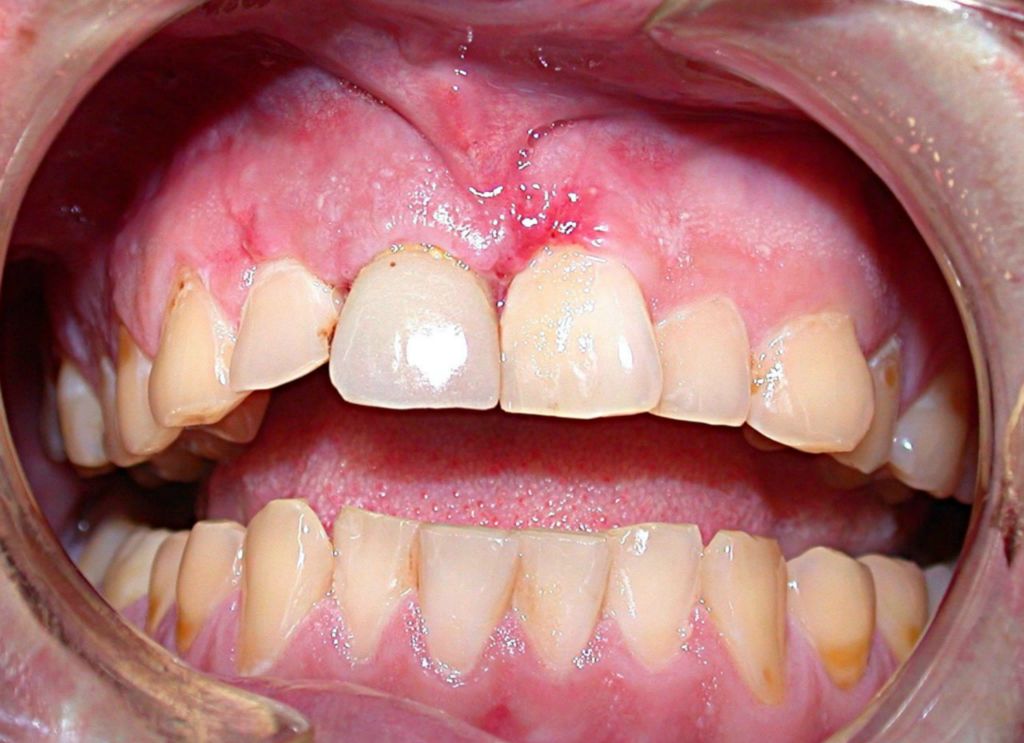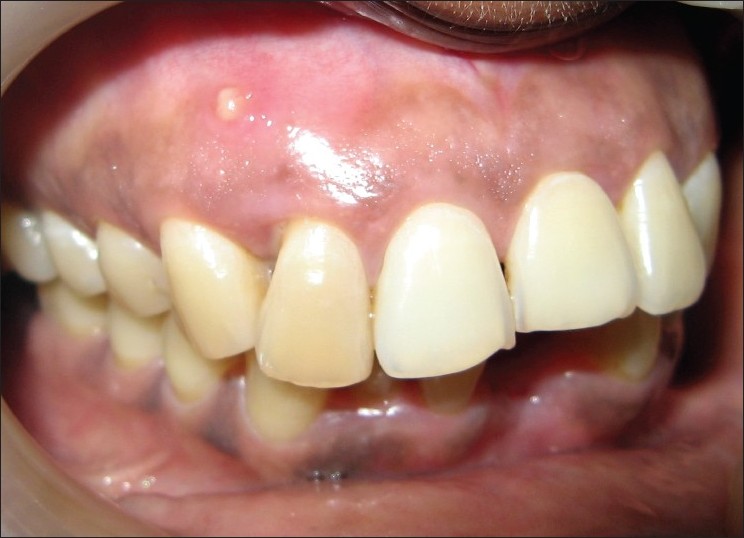What is an Apisectomy?
An apisectomy is a surgical procedure where a filling is placed at the end of the root and removes any infected tissue from around the tip. It’s aim is to contain any bacteria that may be remaining totally within the canal system.
This procedure will only ever be attempted after a traditional root canal has failed. Due to the difficulty in accessing the tips of the roots it is generally only carried out on the anterior (front) teeth.
It may be performed in the following circumstances:
- Root perforation – where during tooth preparation instruments have pierced the side of the root.Persistent inflammation and infection remains due to a cyst.
- The tip of the root has been fractured due to trauma and has become infected.
- Where a post crown is in place and the tooth is problematic – removing posts is very hard and can often lead to fracturing the root and the tooth being lost. However, an apisectomy leaves it undisturbed.
- Fractured instruments in the canal that cannot be filled around adequately and appropriately.
- Difficulty in performing the conventional root treatment due to a very curved or closed canal.
What is the procedure for an Apisectomy?
First a flap is raised and a bony window is cut so that the dentist can see the tip of the root. All infected tissue around the tip of the root is then removed and the area is cleaned. A filling known as a’ retrograde filling’ is placed to seal the end of the root, before stitches are placed to replace the gum in its original position. The filling material is commonly amalgam or MDA.



